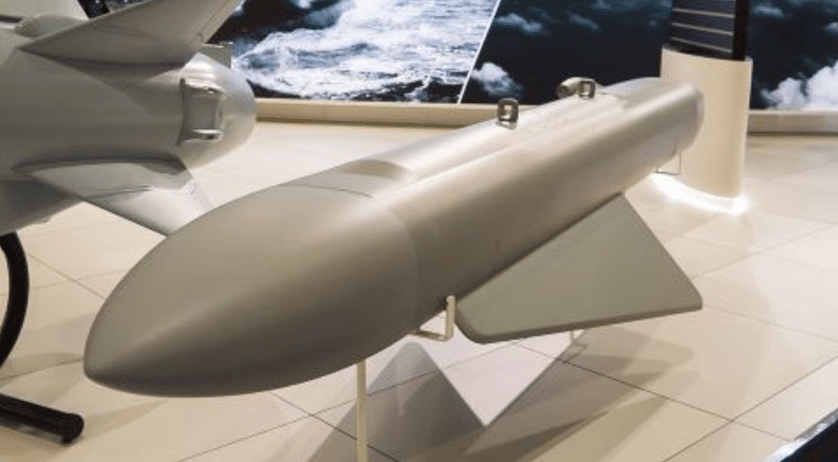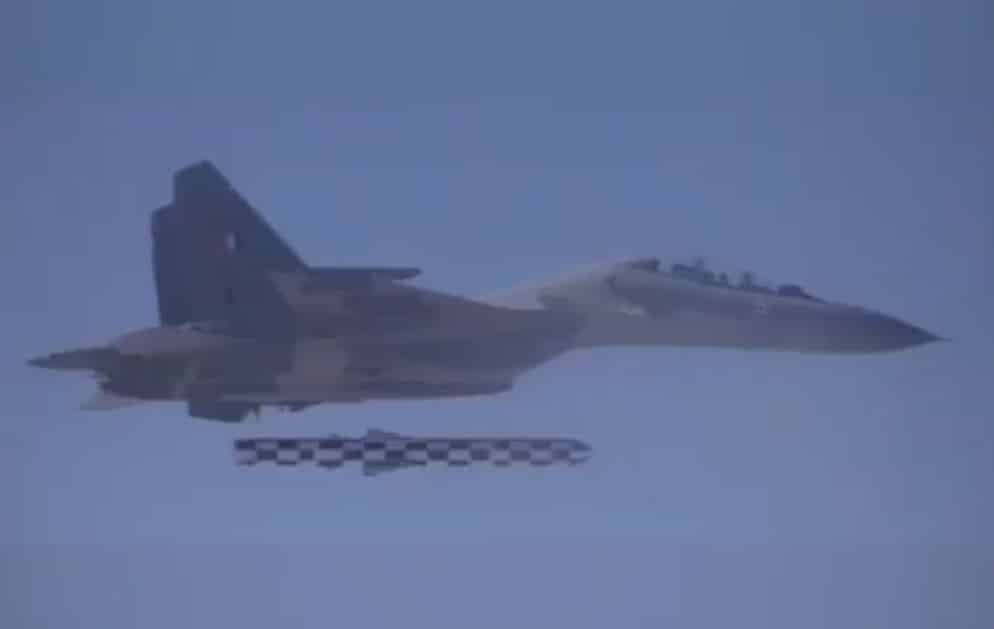2758Views 6Comments

New Indonesian Air Chief says F-5 replacement not yet decided
The Indonesian Air Force’s (TNI-AU) new Chief of Air Staff, Air Marshal Hadi Tjahjanto, has confirmed that the bid to replace the TNI-AU’s legacy F-5E Tiger IIs is still open.
Speaking to Indonesian news outlets (e.g. Antara News), Air Marshal Tjahjanto said, “we are looking to replace the F5 Tiger after the jets have been grounded for at least a year. The Air Force is still looking for a potential replacement.”
In December 2016, Indonesia’s Minister of Defence Ryamizard Ryacudu told Antara News that Jakarta was in talks with Moscow for eight Su-35 Flanker-E multi-role fighters.
However, with the bid still open the TNI-AU could still potentially opt for one of the alternatives, i.e. the Saab JAS-39E/F, Lockheed Martin F-16V, and Mikoyan MiG-35. Airbus Defence and Space (DS) also offered its Eurofighter Typhoon.
Air Marshal Tjahjanto also promised to maintain transparency in the TNI-AU’s procurement programs.
Notes & Comments:
The TNI-AU intends to procure 16 new aircraft for USD $1.5 billion. With a unit cost of $93 million (likely including spare parts, maintenance and logistics support), the range of options would likely lead with the Lockheed Martin F-16V, Saab JAS-39E/F, Sukhoi Su-35 and Mikoyan MiG-35. However, used Eurofighter Typhoons from Italy and/or Spain could also potentially fit in this budget.



6 Comments
by Qasim57
JF-17 Block-III ought to be pretty competitive in this area. I hope it sheds it’s “lightweight”/low-tech image with Block-III upgrades.
by Teguh Wagiantoro
What is this about….
I think this regime had decided to replace F-5 with SU 35 ……?
by Superior Shakeel
They are in talks to buy the Su-35 from russia there is literally no comparison here between Thunder and flanker let’s not fool ourselves like how in Qatar they actually ended up buying the behemoth F-15.
by Steve
Indonesia is looking for a high end platform in terms of capabilities from the list above. It is premature to offer Block-III until we have it ready with avionics/engine sorted, and that is probably the minimum they will even consider.
by Qasim57
It depends on what they’re looking for, each aircraft has different advantages and disadvantages.
The Flankers have greater range, payload, and loiter-time. To achieve this, they also have a massive airframe which gives it a radar cross-section akin to a Boeing 737. Being a non-stealthy plane, this size and radar cross-section means this plane would get detected at great distances, even by smaller radars.
For the Soviet union, this was an acceptable trade-off because they have massive landmass to cover, and shorter-range planes like the MiG-21 made coverage an impossible nightmare.
by Superior Shakeel
well every aircraft does have its advantages and disadvantages but first no fighter jet has RCS equal to a passenger plane also bigger plane means more power as in more engine power thus a powerful radar and a powerful EW suite which means greater capability to fight and ofcourse greater payload capacity too.
for EX F-15 can deploy a satellite do you know that?? it can also shoot down a satellite by launching a SM3 missile. try doing that using a F-16 or Gripen.
advanced fighter jets are made from composite material and use RAM which suppresses their RCS quite a bit furthermore add the EW capability to reduce the RCS i would be more comfortable in our pilots flying the Flanker and F-15 against IAF rather than thunder or F-16 also the quoted RCS range of flanker is ONLY 1-3 m^2 so please get this notion out of your head that smaller size is all that matters the B-2 bomber is virtually invisible to radar despite being a bomber type of material and EW jamming and waveform cancellation is also very important too.